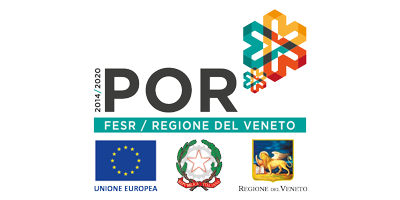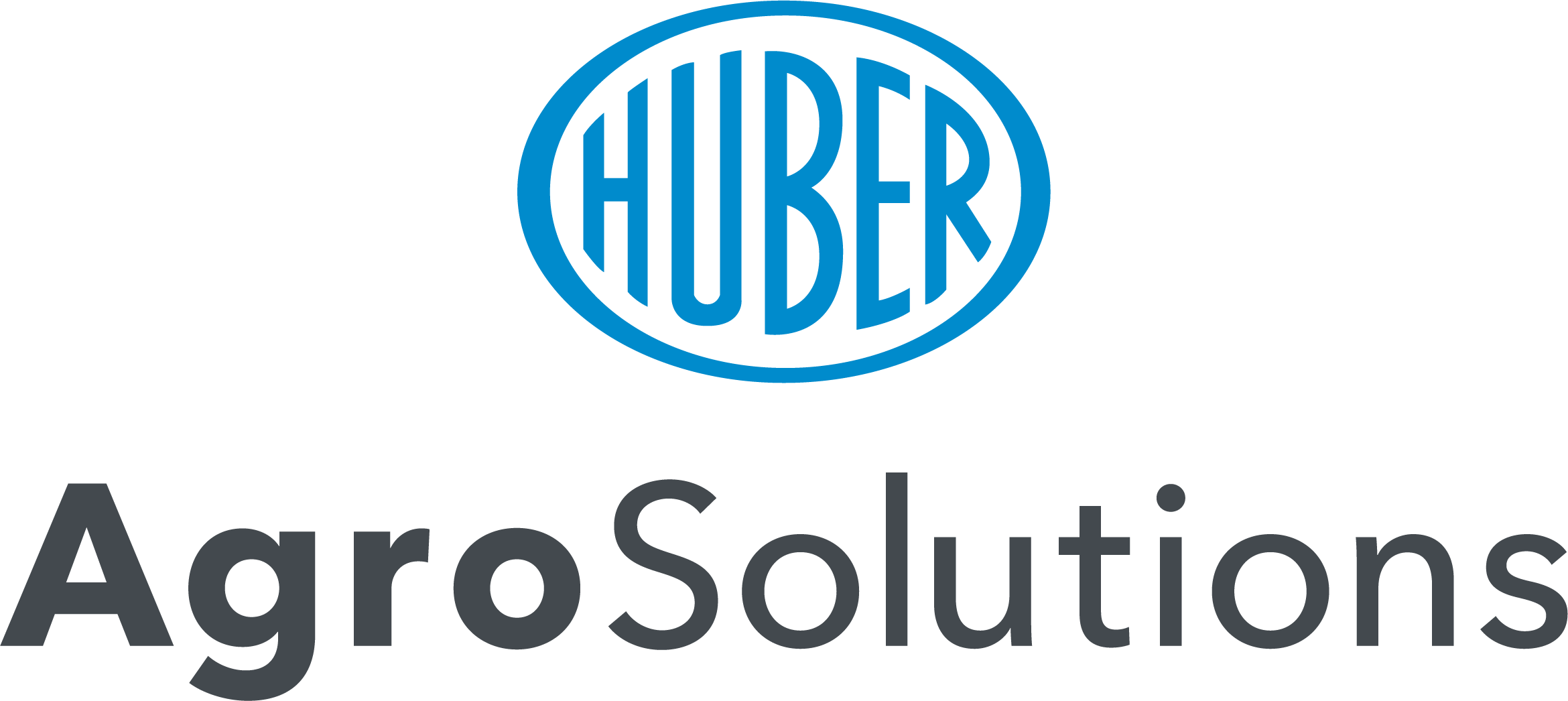Good to Know Technique
Biostimulants are natural inputs and becoming more and more indispensable. But how well do we know them?
05/01/2021
The world market for biostimulants is constantly expanding. Consider that twenty years ago the turnover was worth "only" $100 millionUSD and in 2017 had exceeded $2billionUSD
According to Dunham Trimmer projections, this market should grow to $3billion 2021 despite the the global pandemic and continued impact of that on our world.
However, when it comes to biostimulants, there is still a lot of confusion and it is a term that has been misused a lot.
Alongside companies such ILSA, who produce biostimulants and offer great clarity around what they are, many others attribute miraculous biostimulant actions even to simple fertilizers which are simply maintaining the basic task of nourishing the plants.
A "biostimulant" is different from a fertilizer, pesticide or any other crop product. The effect of a biostimulant should not be attributed to the nutritional action of nitrogen, phosphorus, potassium or other meso and microelements, nor to the presence of an active ingredient of a chemical nature synthesized in the laboratory.
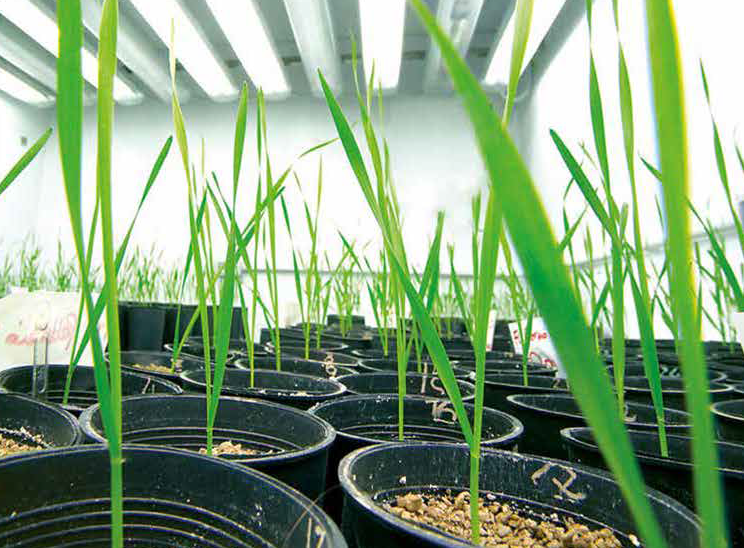
The new European regulation on fertilizers (EU Reg. 2019/1009) has finally clarified what biostimulants are, introducing this category which previously was regulated only by individual countries. The Italy legislation and its Legislative Decree 75/2010 has been taken as a model to be adopted at European level: it provides for a classification of products with specific action and, among these, of "biostimulants".
In the new European Regulation, a plant biostimulant is a product with the function of stimulating the nutritional processes of plants regardless of the nutrient content of the product with the sole aim of improving one or more of the following characteristics of the crops or their rhizosphere: efficiency of nutrient use, tolerance to abiotic stress, qualitative characteristics and availability of nutrients contained in the soil or in the rhizosphere.
Furthermore, a biostimulant must produce the effects declared on the label and can be microbial or non-microbial in nature.

So, in practice, biostimulants are products of natural origin that are capable of increasing the productive and qualitative parameters of crops and limiting the negative influences of environmental stress to allow plants to reach their full potential.
The use efficiency of nutrients is a key concept that distinguishes them from "classic" fertilizers as biostimulants have the objective to reduce inputs; in particular the use of nitrogen in mineral form.
The indications of EBIC (European Biostimulants industry Council, of which ILSA is a founding member) say that biostimulants can increase the efficiency of the use of fertilizers by up to 25%.
Note that with only 5% more efficiency, there would be a reduction of about 550 thousand tons of mineral nitrogen throughout the European Union, which is lost into the environment every year due to leaching and gasification phenomena. This, in line with the "Farm to Fork" strategy (included in the Green Deal plan launched by the European Commission) aims to reduce nutrient losses by at least 50% without deterioration of soil fertility.
For this reason, a reduction in the use of synthetic fertilizers (urea, diammonium, nitrates) of at least 20% is expected by 2030.
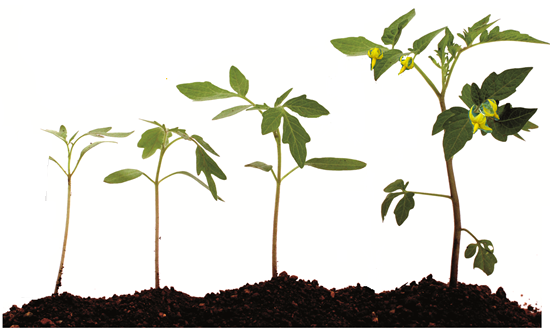
Biostimulants base their action on the contribution of specific natural substances which, when applied at low doses, act directly on the metabolic processes of plants, such as synthesis of proteins and enzymes, cell multiplication, photosynthetic efficiency, fast assimilation of nitrogen and other absorbed elements, promoting regular development of all phenological phases.
The effectiveness of a biostimulant can be measured in terms of an increase in root and leaf biomass and an increase in the percentage of fruit set with a greater and uniform fruit size. The qualitative characteristics (sugar content, percentage in oil, reduction of rot and cracks) and the longer shelf-life are also parameters that a biostimulant can significantly improve, with further benefits for farmers who compete on the market and let’s not forget the protective action which increases the tolerance to environmental stresses (thermal, water, high salinity or low light), allowing plants to reach their full potential, even in adverse conditions.
Is it possible to specifically verify the "real" biostimulants recognized by law in Italy?
Only products officially registered as "biostimulants" can use this wording on the label.
In the section "Products with specific action on plants - Biostimulants" of Annex 6 of Legislative Decree 75/2010, the list of substances recognized in Italy as "biostimulants" is shown.
These are natural products based on algae, protein hydrolysates of animal origin (with at least 10% free amino acids), extracts of alfalfa, mycorrhizae.
The Legislative Decree 10 July 2013 included also in the list the "Fabaceae enzymatic hydrolysates" (registered thanks to ILSA) highlighting the quality of the production process (enzymatic and non-chemical hydrolysis), the 100% vegetable nature, the presence of specific biostimulating molecules (triacontanol, amino acids, vitamins and other plant extracts) and above all the demonstrated positive effects on plants.
ILSA has eight products in its range registered as "biostimulants" by Italian law: ILSAC-ON, ILSASTIM +, ILSALEVA, ILSAVEGETUS, ILSADURADA, ILSAPOLICOS, ILSAMIN N90 and ILSATERMIKO.
Adding two other "specific action" products, such as SPLINTER NEW (co-formulant) and ILSA ORGAMIT-R (product with action on the soil), we achieve the claim to having the top ten products which support plant efficiency and enable farmers to increase their income.
It should not be forgotten that they are all "natural" products and are also allowed in organic farming.
These topics will also be addressed during the next 2nd Biostimulants Conference, organized by Fruit Communication and ARPTRA (Associazione Regionale Pugliese dei Tecnici e Ricercatori in Agricoltura). ILSA will be attending this digital event, for a total of 4 webinars between February and March. We look forward to seeing you online.

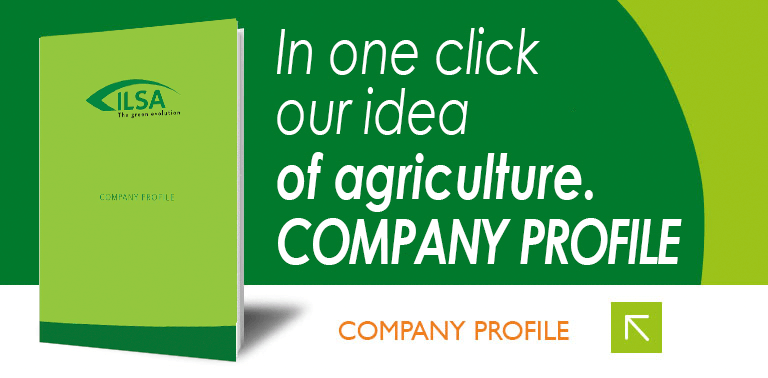
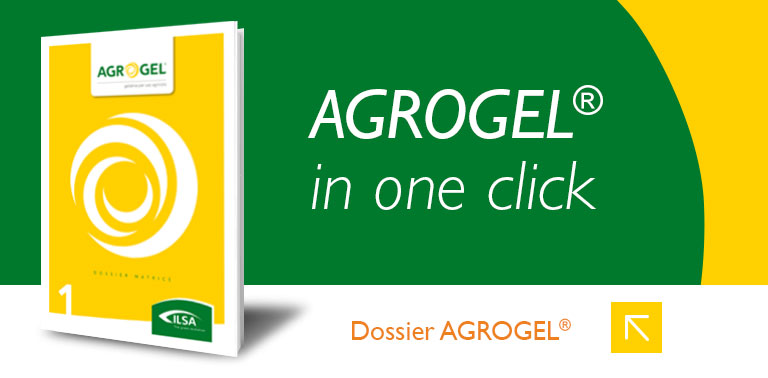
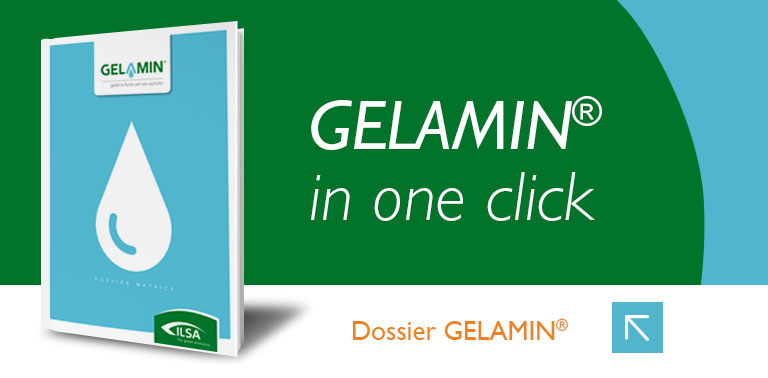
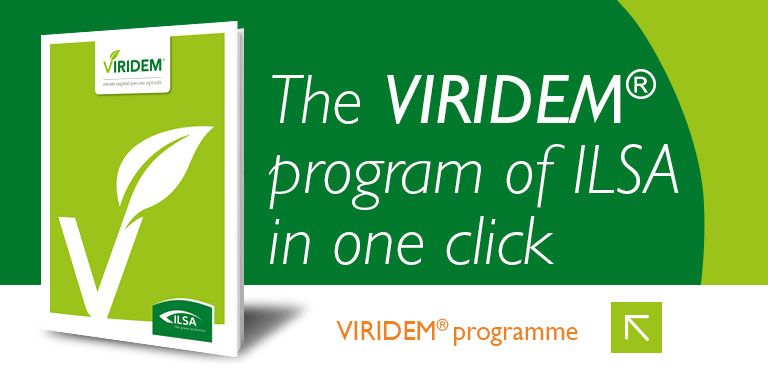
.png)
